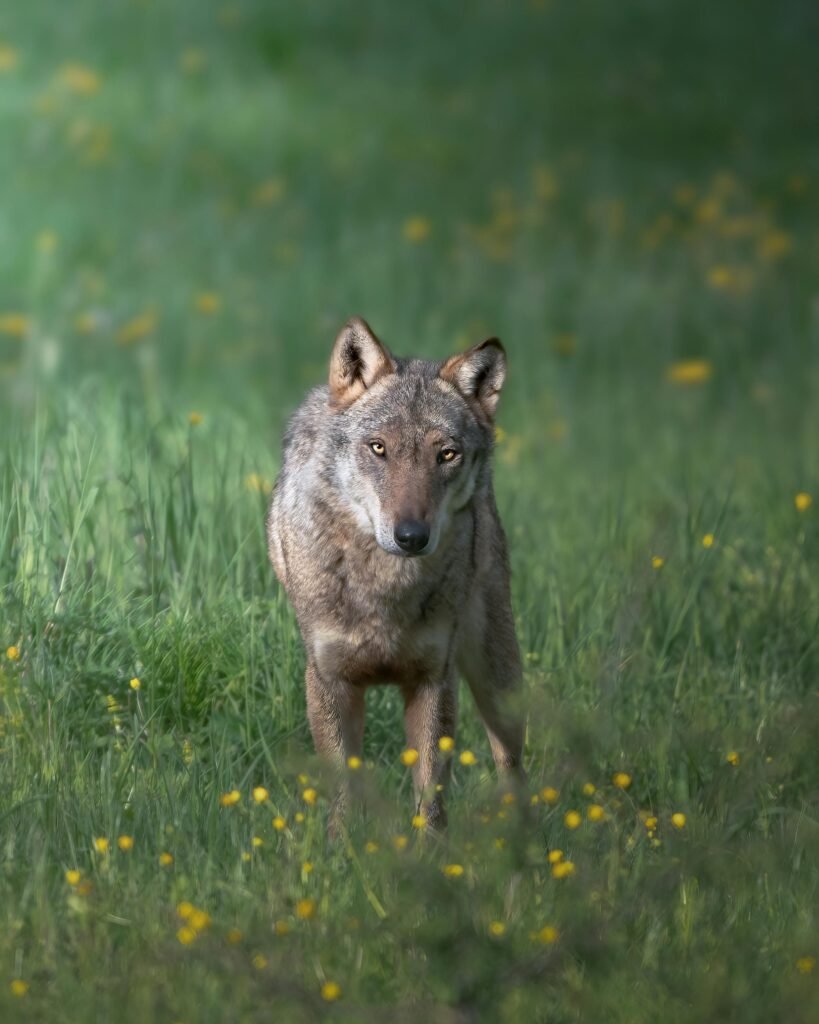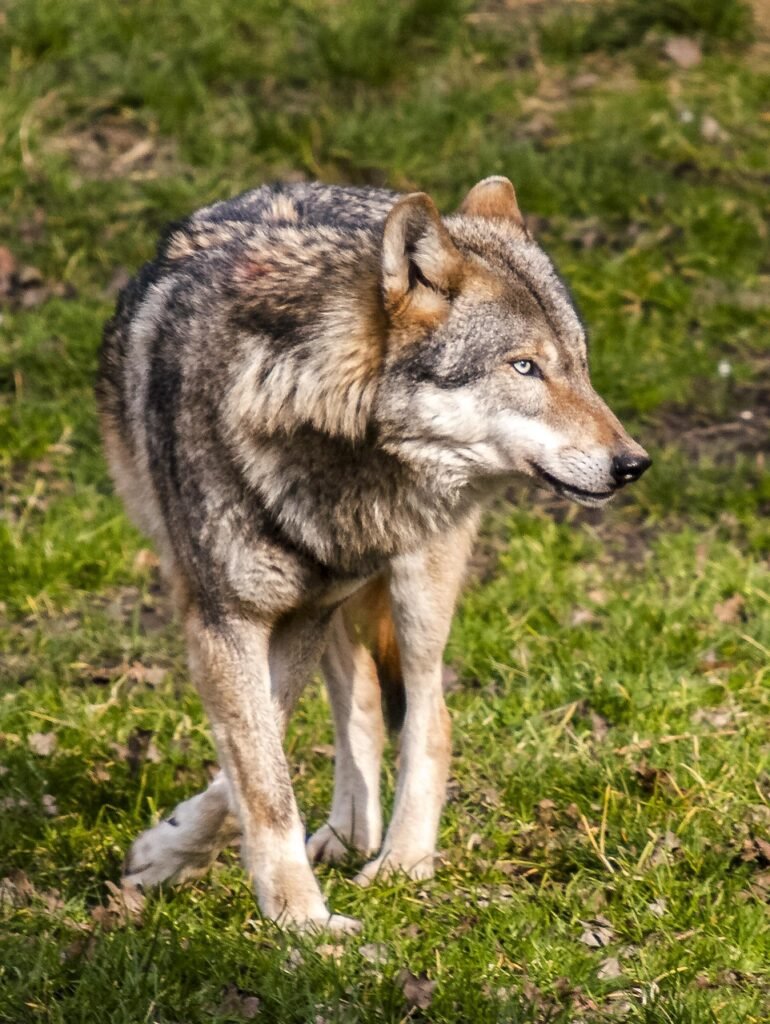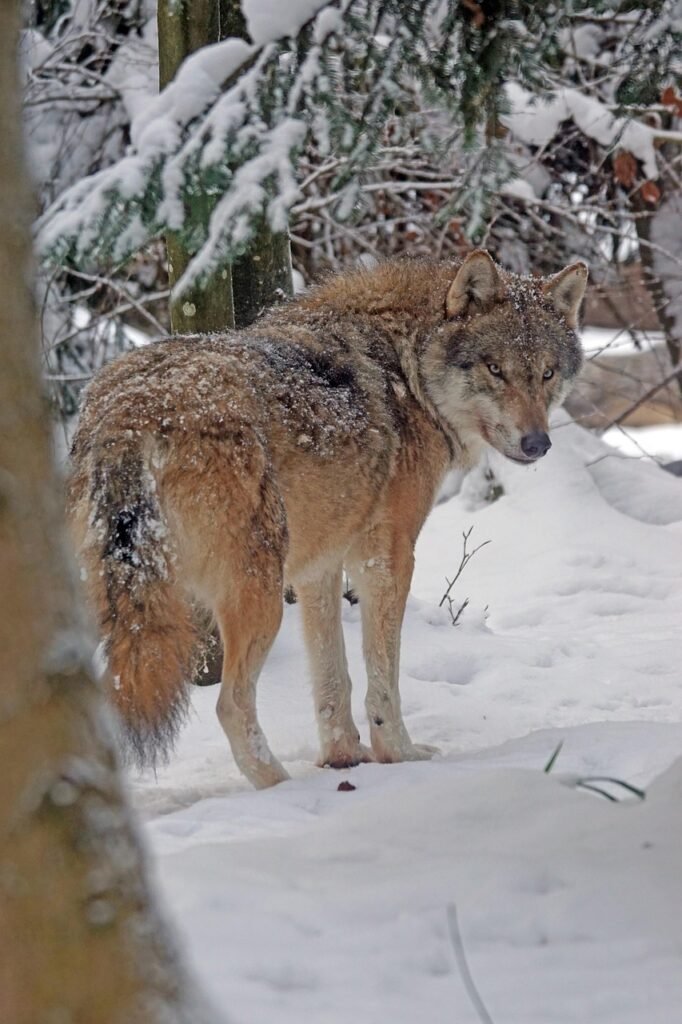This article delves deeply into the phenomenon, examining its possible causes, ramifications, and potential future effects. Through a sobering perspective, we seek to understand what “wolf creep pass webcam” means. Introduction. In a time when livestreaming, digital surveillance, and remote communication define our everyday lives, a peculiar expression has started to appear in some online corners: “wolf creep pass webcam.” At first glance, this expression seems cryptic—almost nonsensical—but behind it lies a deeper meaning” truly signifies, and why it matters. Decoding the Phrase “Wolf Creep Pass Webcam” To completely grasp the idea, we must break down the phrase word by word.
In a time when livestreaming, digital surveillance, and remote communication are all part of our everyday lives, an odd expression has started to appear online: “wolf creep pass webcam.” This expression seems cryptic, almost nonsensical, at first glance. However, there is more to it than what “commcam” actually means and why it matters.
Cracking the Code of “Wolf Creep Pass Webcam”:
We must break down the phrase word by word to completely comprehend the idea.
Wolf: In online jargon, the term “wolf” can refer to a predator—someone who surreptitiously observes, collects data, or stalks users without their knowledge. The metaphor depicts a clever, patient, and frequently dangerous person.
The term “creep” is widely recognised concerning online conduct. It frequently refers to someone who surveils other people’s work.
THE TRENDS BEGNINGS

Although the phrase “wolf creep pass webcam” has no confirmed source in the mainstream media or cybercrime reports, its growing usage in specialised online forums, speculative fiction discussions, and even meme culture points to a growing understanding of the idea it stands for.
Many people think the term first appeared as a satirical expression of actual concerns about webcam surveillance or as a fictional warning. Some online communities, however, assert that it was first used to characterise a pattern of behaviour involving covert access to unprotected webcams in a conversation that was leaked from a deep web cybersecurity group
How It Works (A Hypothetical Analysis)

Although there isn’t any concrete proof of a “wolf creep pass webcam” operation, several actual technologies and procedures might make it possible in theory:
Unsecured Webcam Exploitation: Many users don’t secure their webcams or leave them open. A malicious actor can locate and access unprotected webcam feeds with the correct software tools, such as port scanners or remote access trojans (RATS).
Social Engineering Techniques: Code isn’t the only thing a “wolf” uses. They frequently coerce others into voluntarily granting access. For example, via malicious links, phoney video call invitations, or phishing emails.
Bypassing Firewalls and Antivirus Protocols:
Killed actors employ specially written scripts to evade detection by common antivirus software, allowing for silent webcam access.
Use of Proxy Networks: These people use the Tor network or layers of anonymous proxies to hide their online activity, which makes it very hard to track them down.
These methods aren’t theoretical. Cyberattacks in the past have employed similar techniques. But combining them into a single, sly persona—like the “wolf” in our phrase—brings a new degree of narrative and psychological discomfort.
Issues and Debates Wolf Creep Pass Webcam:
The idea of “wolf creep pass webcam” presents serious moral and social issues. The ramifications are concerning regardless of whether it is perceived as a warning symbol or a real means of digital intrusion.
1. Invasion of Individual Privacy:
Consent is central to this matter. Unauthorised access to someone’s webcam is a serious privacy violation that is frequently categorised as a cybercrime. It’s possible that victims are not aware that they are being watched, videotaped, or even live-streamed to dark web forums without their consent.
2. Grey Areas in the Law: The law in many jurisdictions is unable to keep up with technological advancements. Unauthorised surveillance is prohibited, but enforcement can be challenging because
- Offenders’ anonymity.
- Issues of cross-border jurisdiction.
- Victims’ lack of digital literacy.
Despite being a work of fiction, the phrase “wolf creep pass webcam” refers to actual weaknesses in international cyber laws.
3. Victims’ Psychological Effects: Long-term psychological effects may result from the fear of being observed, particularly via an intimate device like a webcam. Webcam spying victims frequently experience anxiety, insomnia, paranoia, and digital withdrawal.
4. Technology as a Weapon: Webcam manipulation has been used as a weapon for espionage, just like spyware and keyloggers. In theory, this technique could be used by governments, hackers, and even private organisations for political influence, blackmail, or surveillance
.
Internet Responses
The phrase “wolf creep pass webcam” has generated a lot of discussion in underground tech circles and conspiracy-themed communities, despite not being widely accepted
Conversations on Social Media

Users who suspect unauthorised webcam access frequently post terrifying stories in speculative threads on sites like Reddit and Twitter (now X). While some use the term directly, others describe their experiences using similar language.
Satire and Memes
Ironically, the phrase has also become a meme, used to characterise someone who is “too online” or excessively wary of camera privacy. The idea of covering a webcam with tape or shutting off electronics at night is frequently overdone in memes, but underneath the humour is real concern.
- Cybersecurity Professionals Offer Their Opinion: The phrase has been picked up by a few cybersecurity blogs, which have analysed it as a reflection of contemporary paranoia. They contend that although the term might not accurately depict a contemporary attack vector, it is a helpful symbol for highlighting vulnerabilities in user awareness and webcam security.
The Future Implications of “Wolf Creep Pass Webcam:
The underlying message of the phrase—that digital threats are developing more quickly than public awareness—is potent, despite its speculative nature. Webcams offer a window into our most private areas as gadgets get smarter and more integrated into our homes
- This idea suggests a future in which: More surveillance is accepted as the norm
- Anonymity is used as a weapon, not only for defence but also for profit.
- Cyber hygiene transcends from a technical issue to a critical life skill.
Given that even made-up phrases like “wolf creep pass webcam” can evoke genuine anxieties, it is obvious that we need to increase our investment in:
- Cybersecurity education for the general public
- Strong laws about digital rights
- Easy-to-use privacy tools
Conclusion:
Even though “wolf creep pass webcam” isn’t (yet) mentioned in official cybercrime reports or law enforcement alerts, it says a lot about the state of the digital world today. It’s more than just a catchphrase; it reflects contemporary fears, new dangers, and the pressing need for increased digital awareness. One lens, one click, one exploit at a time, it makes us consider how much access we’ve unwittingly given to strangers, whether we interpret it as a sinister metaphor or a new pattern of behaviour.
Both developers and users must safeguard digital spaces as technology continues to obfuscate the lines between private and public life. The first step is awareness, which starts with treating even the most odd keywords with respect.
FAQS: Webcam at Wolf Creek Pass
Q1: Is “wolf creep pass webcam” a legitimate cyberattack technique?
A: Although there are no official records confirming this as a recognised attack, it might be a mix of real-world strategies such as digital stalking, social engineering, and webcam spying
Q2: Where did the phrase come?
A: The term appears to have originated in online subcultures, perhaps as satirical commentary on privacy issues or as speculative fiction. Since then, it has proliferated via meme culture and forums.
Q3: What safeguards are there against webcam eavesdropping?
A: Protect your webcam with physical covers, update your antivirus program frequently, turn off webcam permissions in apps you don’t trust, and avoid clicking on dubious links or downloads.
Q4: What makes this phrase crucial for content strategy or SEO?
A: It is a valuable long-tail keyword for blogs or services in tech security and digital rights because it targets a niche audience with interests in cybersecurity, privacy, or speculative tech trends.
Q5: Are there tools that detect unauthorised webcam access?
A: In agreement. Certain security suites and antivirus software notify you when your webcam is in use. For improved monitoring, you can also use specialised tools like TinyWall or WhoStalksMyCam.


